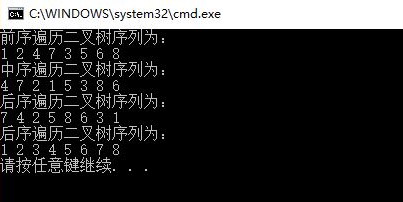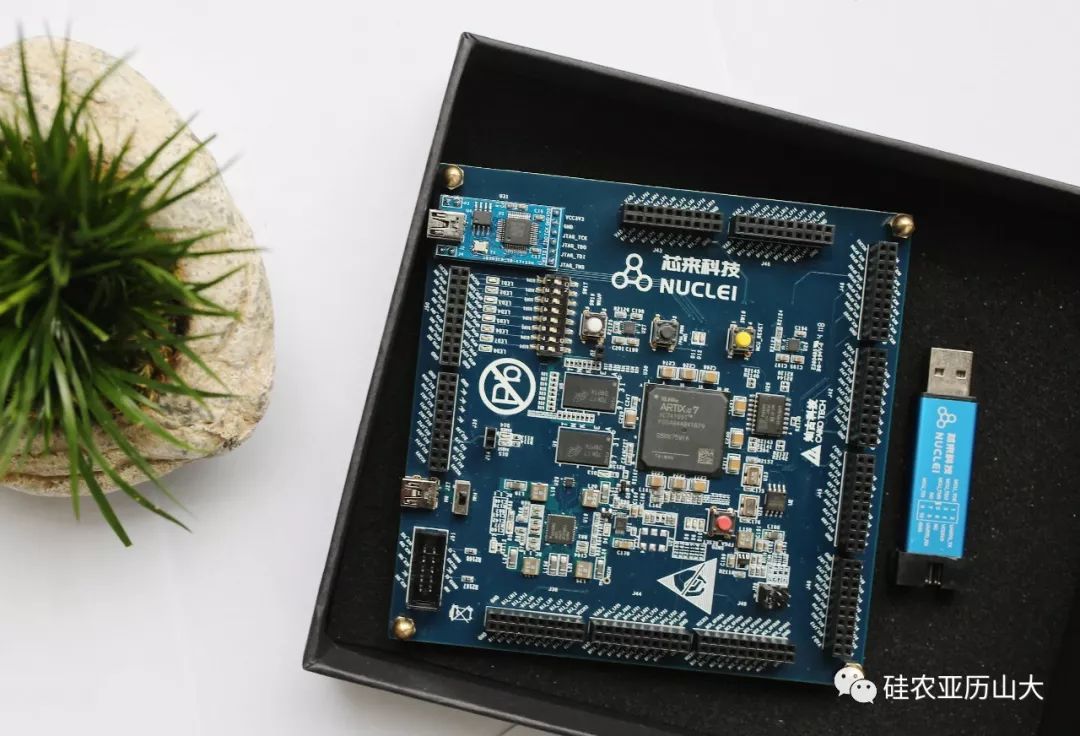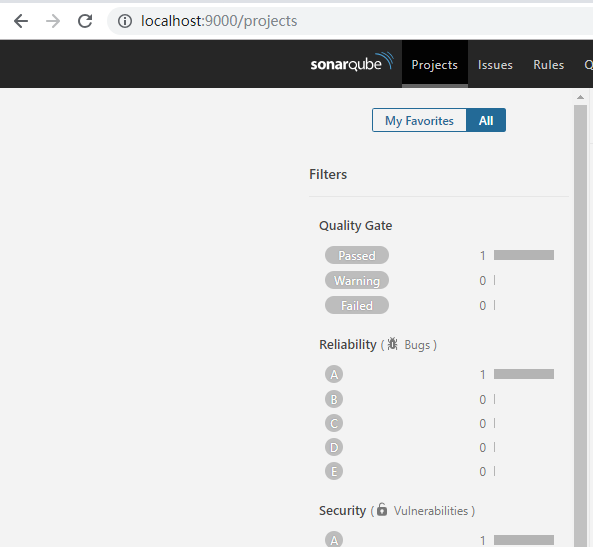深入理解Java的并发控制工具:Locks、Conditionals与Semaphore的应用示例
在Java中,我们有三种主要的并发控制工具:Locks(锁)、Conditionals(条件变量)和Semaphore(信号量)。下面我将给出它们各自的应用示例。
- Locks(锁)
应用示例:
// 使用ReentrantLock创建一个可重入的锁import java.util.concurrent.locks.ReentrantLock;public class UnlockExample {private ReentrantLock lock = new ReentrantLock();public void methodThatUsesLock() {lock.lock(); // 获取锁try {// 执行任务代码System.out.println("Doing something critical...");} finally {// 无论是否发生异常,都要释放锁lock.unlock();}}public static void main(String[] args) {UnlockExample unlockExample = new UnlockExample();Thread thread1 = new Thread(() -> unlockExample.methodThatUsesLock()));Thread thread2 = new Thread(() -> unlockExample.methodThatUsesLock()));thread1.start(); // 启动第一个线程thread2.start(); // 启动第二个线程// 等待两个线程执行完毕thread1.join();thread2.join();System.out.println("Both threads completed execution.");}}
在这个例子中,我们创建了一个使用ReentrantLock的类。在方法中,我们首先获取锁,然后执行任务代码,最后无论是否发生异常,都要释放锁。
- Conditionals(条件变量)
应用示例:
import java.util.concurrent.locks.Condition;import java.util.concurrent.locks.Lock;import java.util.concurrent.locks.ReentrantLock;public class ConditionalExample {private Lock lock = new ReentrantLock();private Condition condition = lock.newCondition();public void methodWithConditional() {lock.lock(); // 获取锁try {// 设置条件condition.signalAll();// 任务代码System.out.println("Doing something conditional...");} finally {// 无论是否发生异常,都要释放锁lock.unlock();}}public static void main(String[] args) {ConditionalExample conditionalExample = new ConditionalExample();Thread thread1 = new Thread(() -> conditionalExample.methodWithConditional()));Thread thread2 = new Thread(() -> conditionalExample.methodWithConditional()));thread1.start(); // 启动第一个线程thread2.start(); // 启动第二个线程// 等待两个线程执行完毕thread1.join();thread2.join();System.out.println("Both threads completed execution.");}}
在这个例子中,我们创建了一个具有Condition的类。在方法中,我们首先获取锁,然后设置条件,触发所有等待的线程,最后无论是否发生异常,都要释放锁。
- Semaphore(信号量)
应用示例:
import java.util.concurrent.locks.Semaphore;public class SemaphoreExample {private Semaphore semaphore = new Semaphore(2); // 创建一个允许最多两个线程通过的信号量public void methodWithSemaphore() throws InterruptedException {semaphore.acquire(); // 获取信号量,如果信号量值为0,则会阻塞当前线程直到其他线程释放了该信号量try {// 任务代码System.out.println("Doing something with Semaphore...");} finally {// 无论是否发生异常,都要尝试释放信号量semaphore.release();}}public static void main(String[] args) {SemaphoreExample semaphoreExample = new SemaphoreExample();Thread thread1 = new Thread(() -> semaphoreExample.methodWithSemaphore()));Thread thread2 = new Thread(() -> semaphoreExample.methodWithSemaphore()));thread1.start(); // 启动第一个线程thread2.start(); // 启动第二个线程// 等待两个线程执行完毕thread1.join();thread2.join();System.out.println("Both threads completed execution.");}}
在这个例子中,我们创建了一个带有Semaphore的类。在方法中,我们首先获取信号量,如果信号量值为0,则会阻塞当前线程直到其他线程释放了该信号量,然后执行任务代码,最后无论是否发生异常,都要尝试释放信号量。


































还没有评论,来说两句吧...